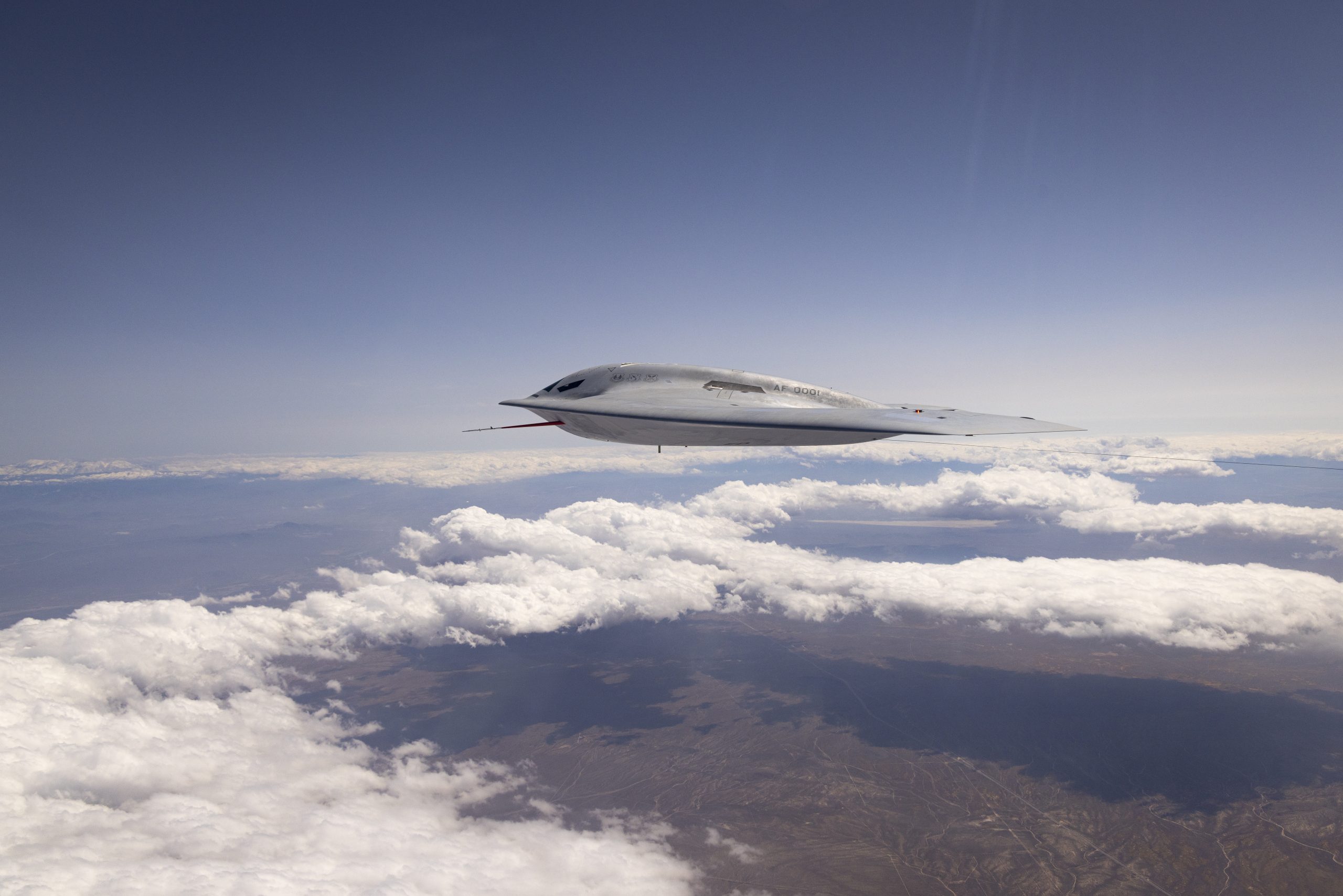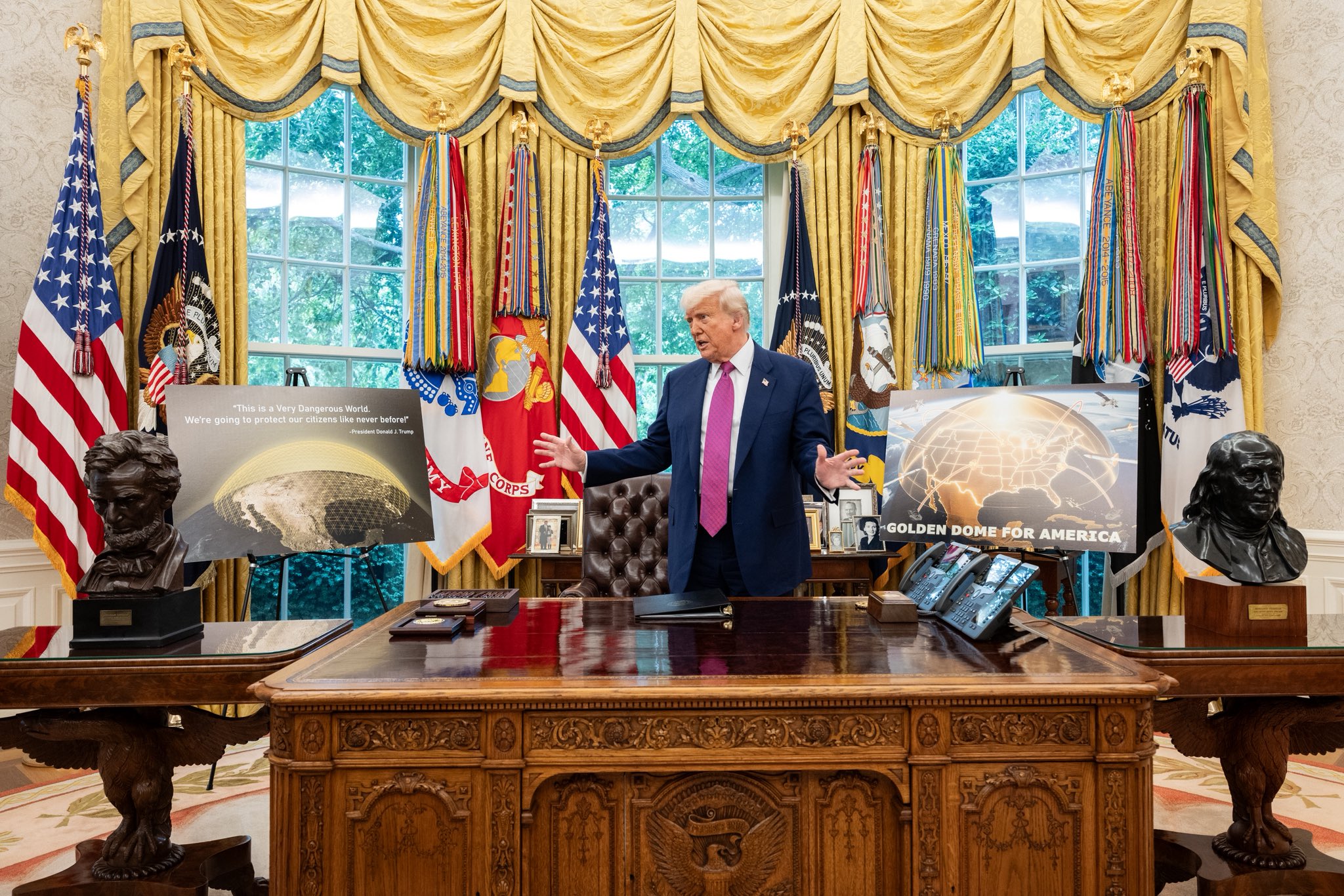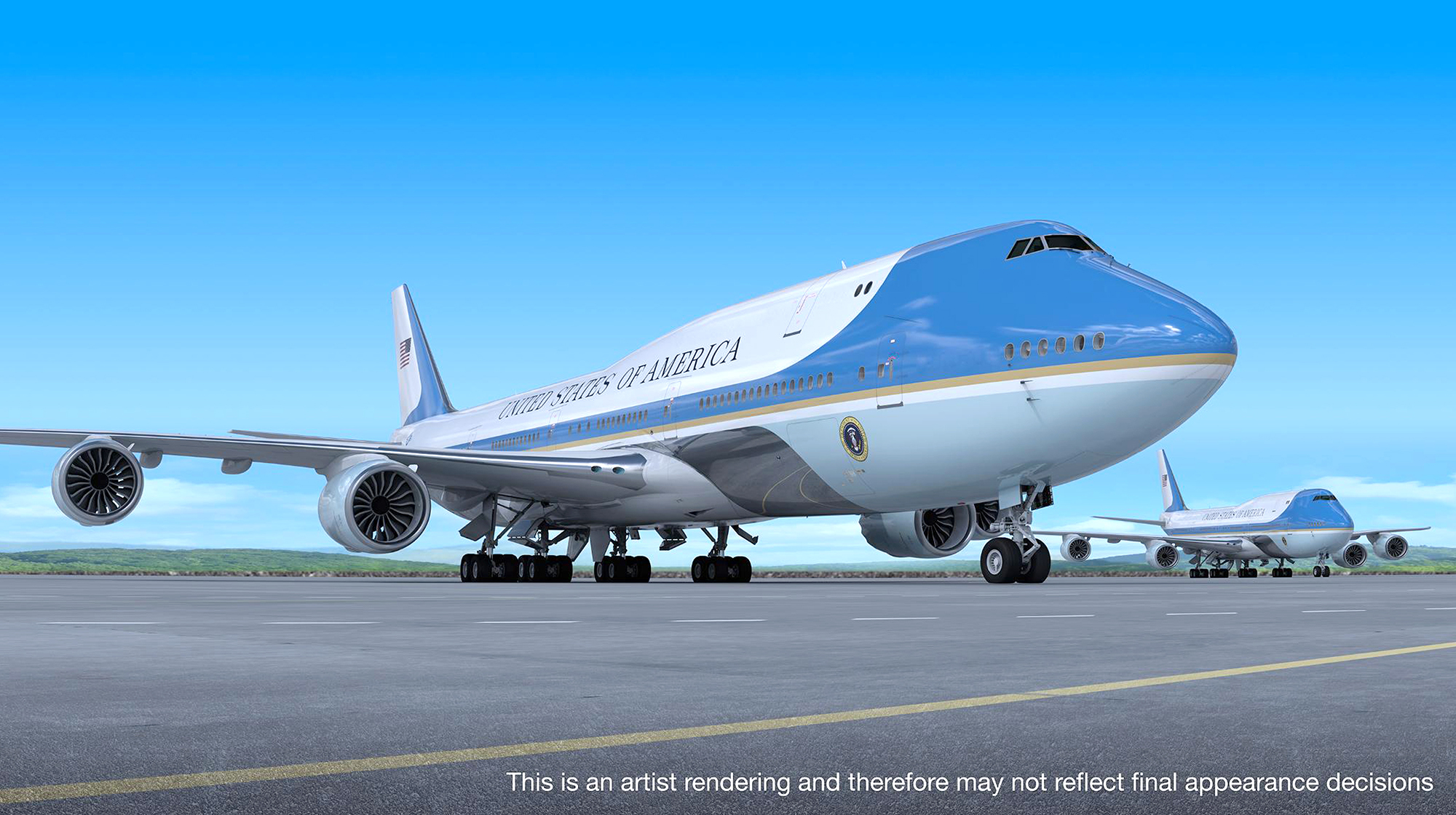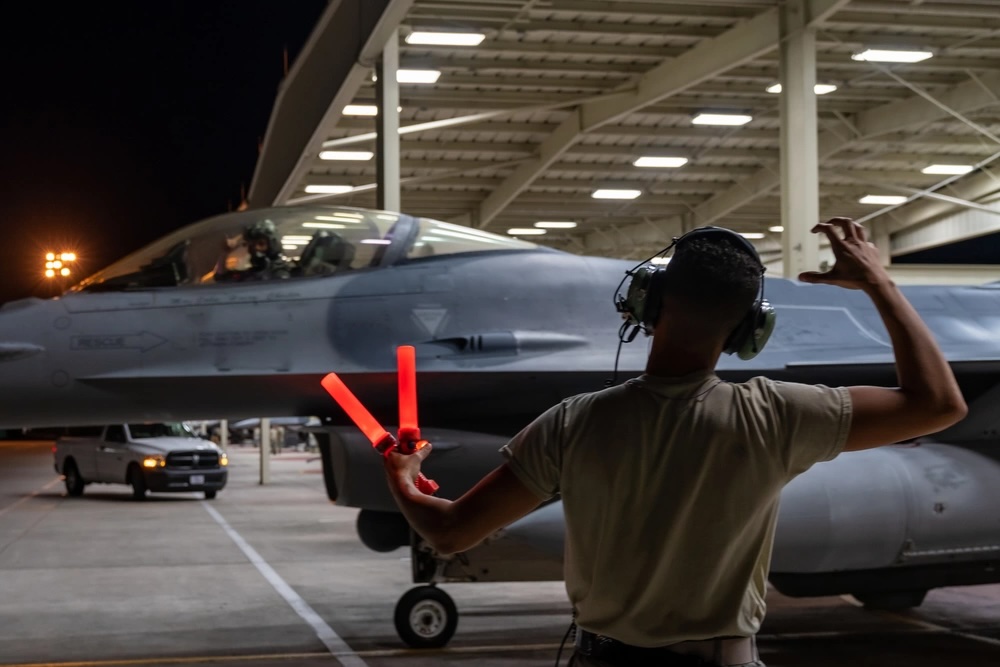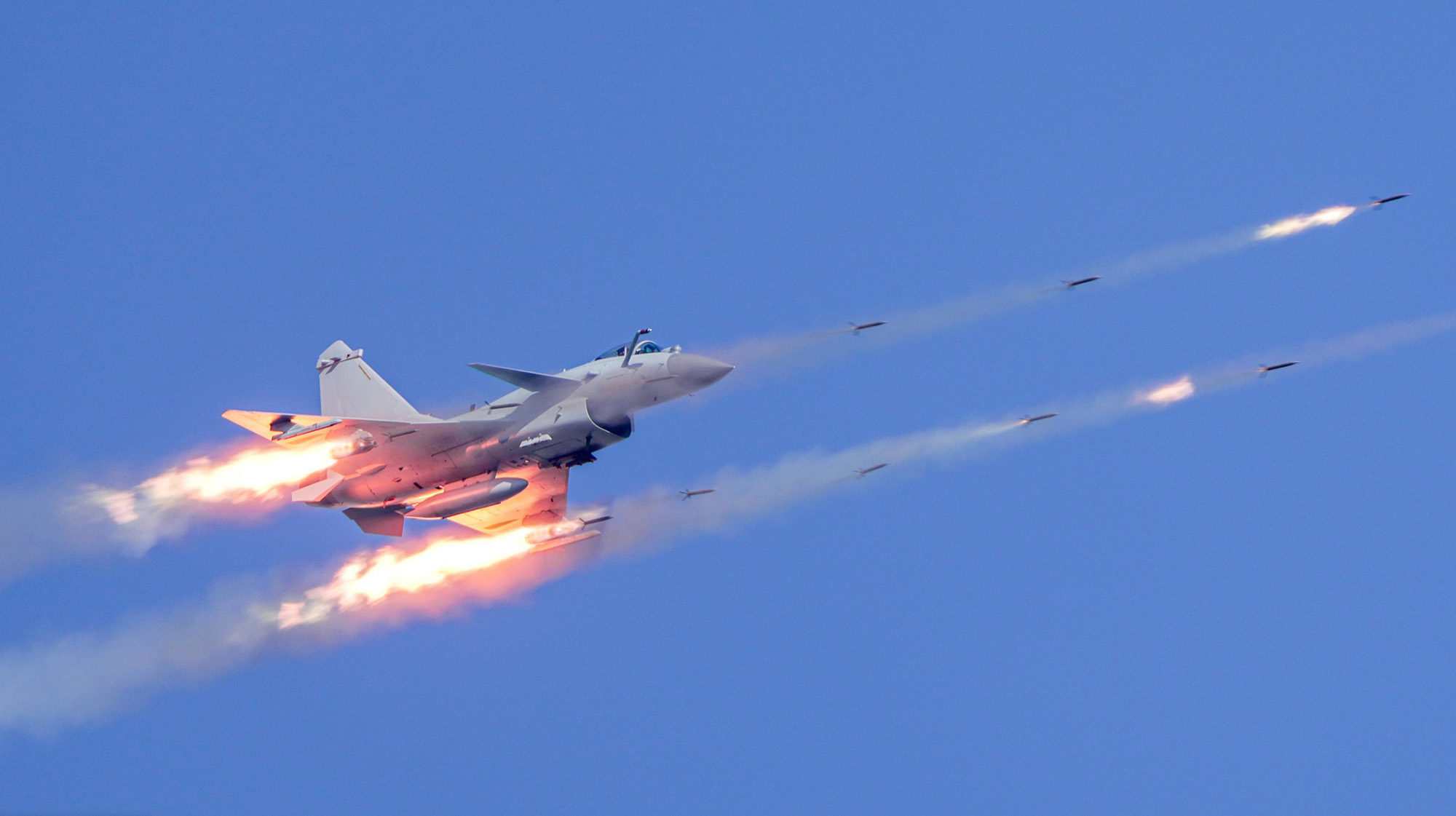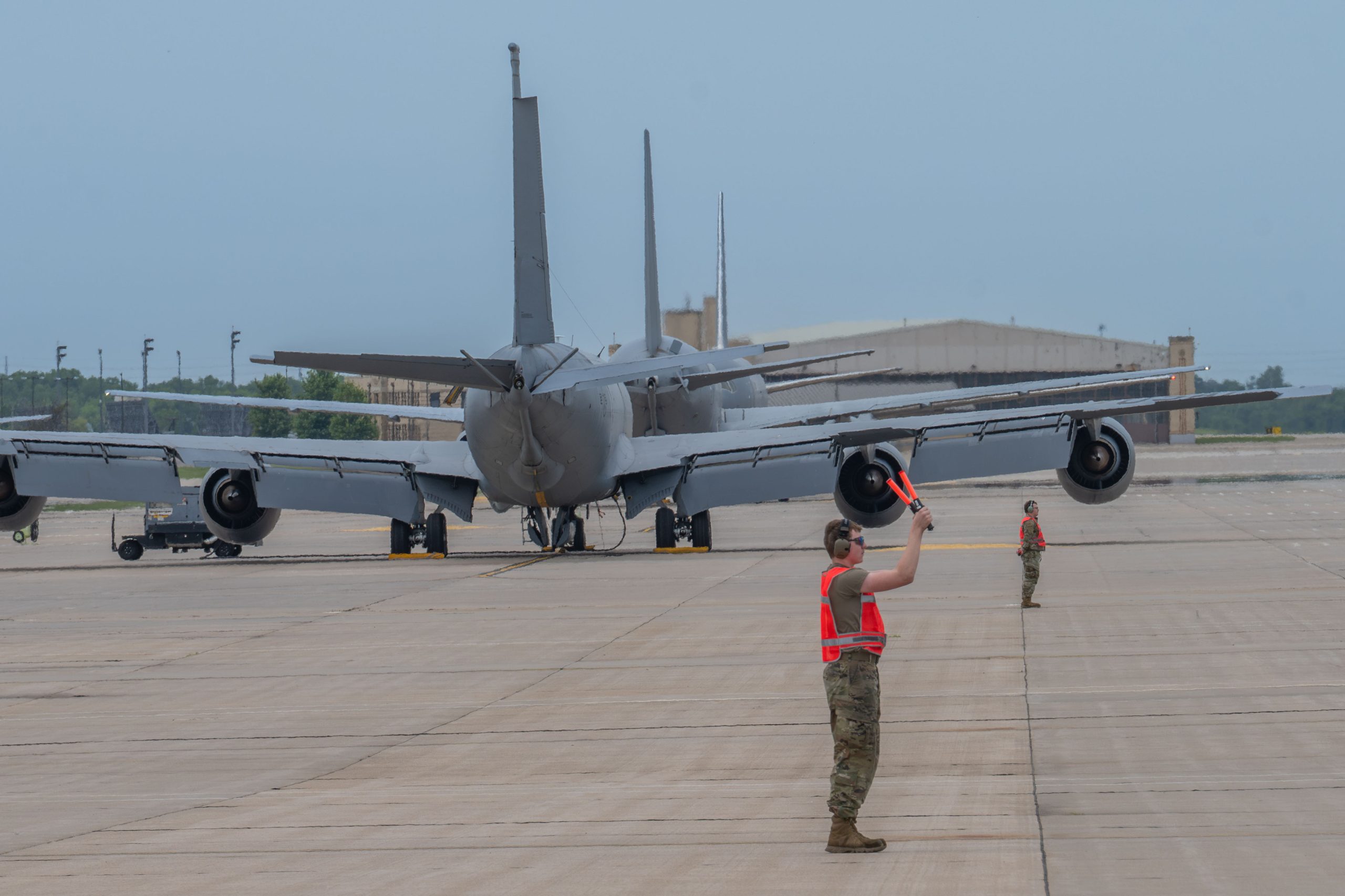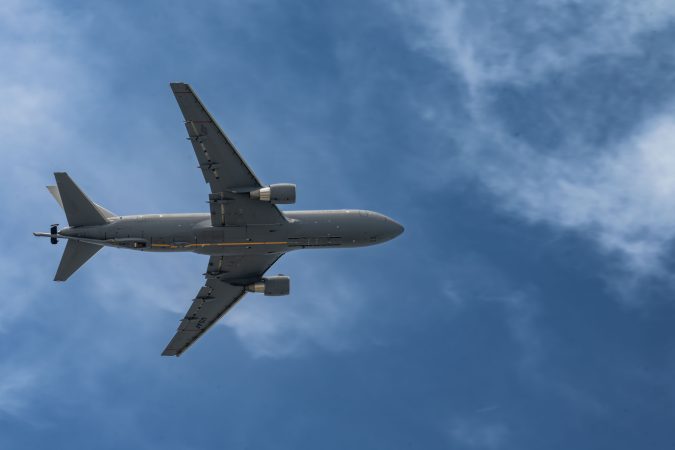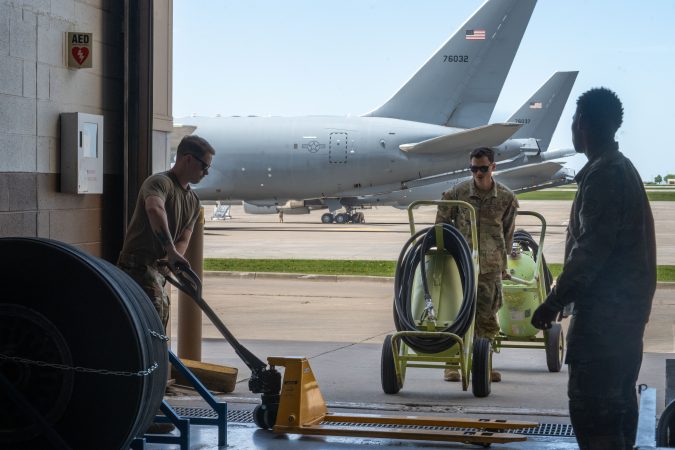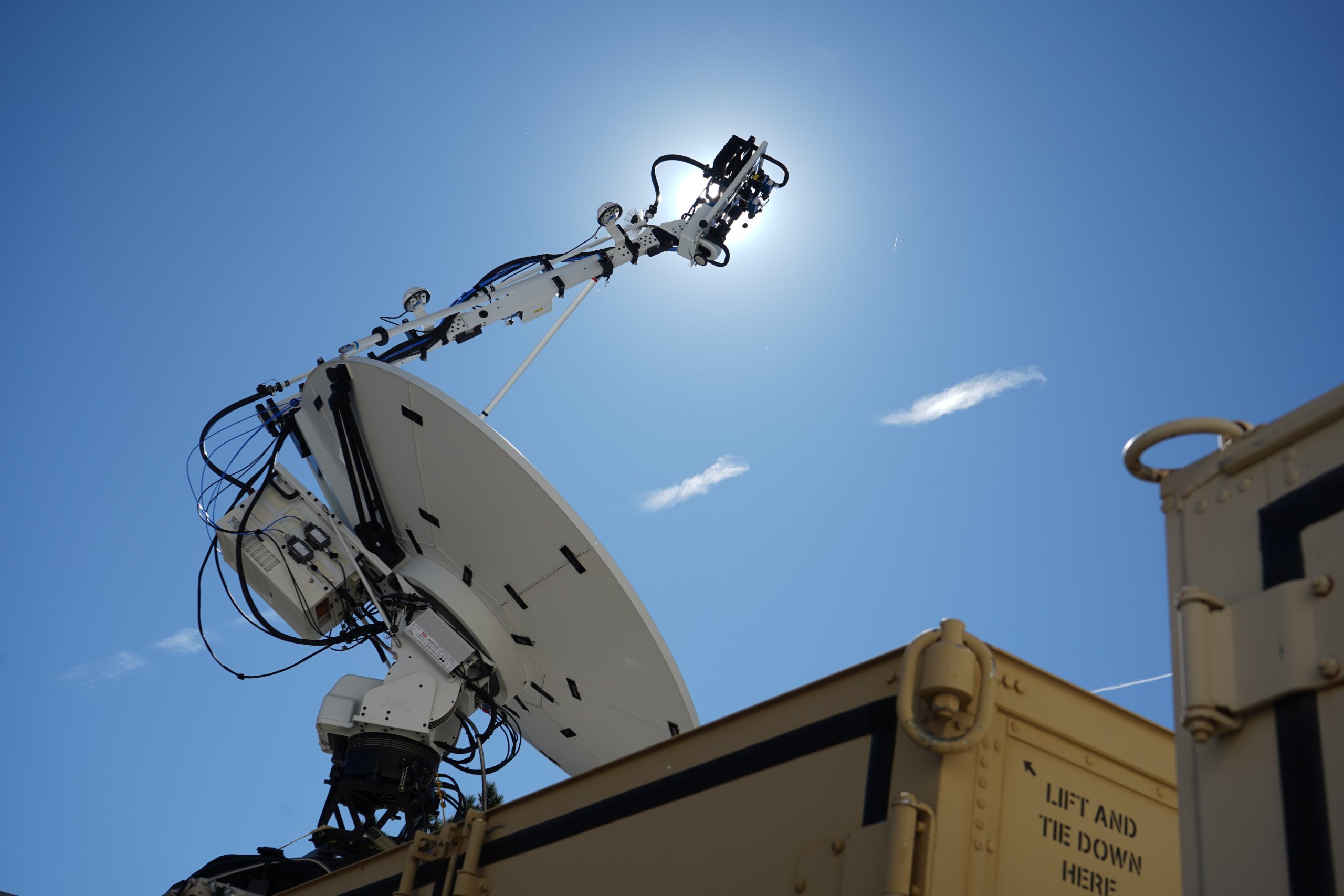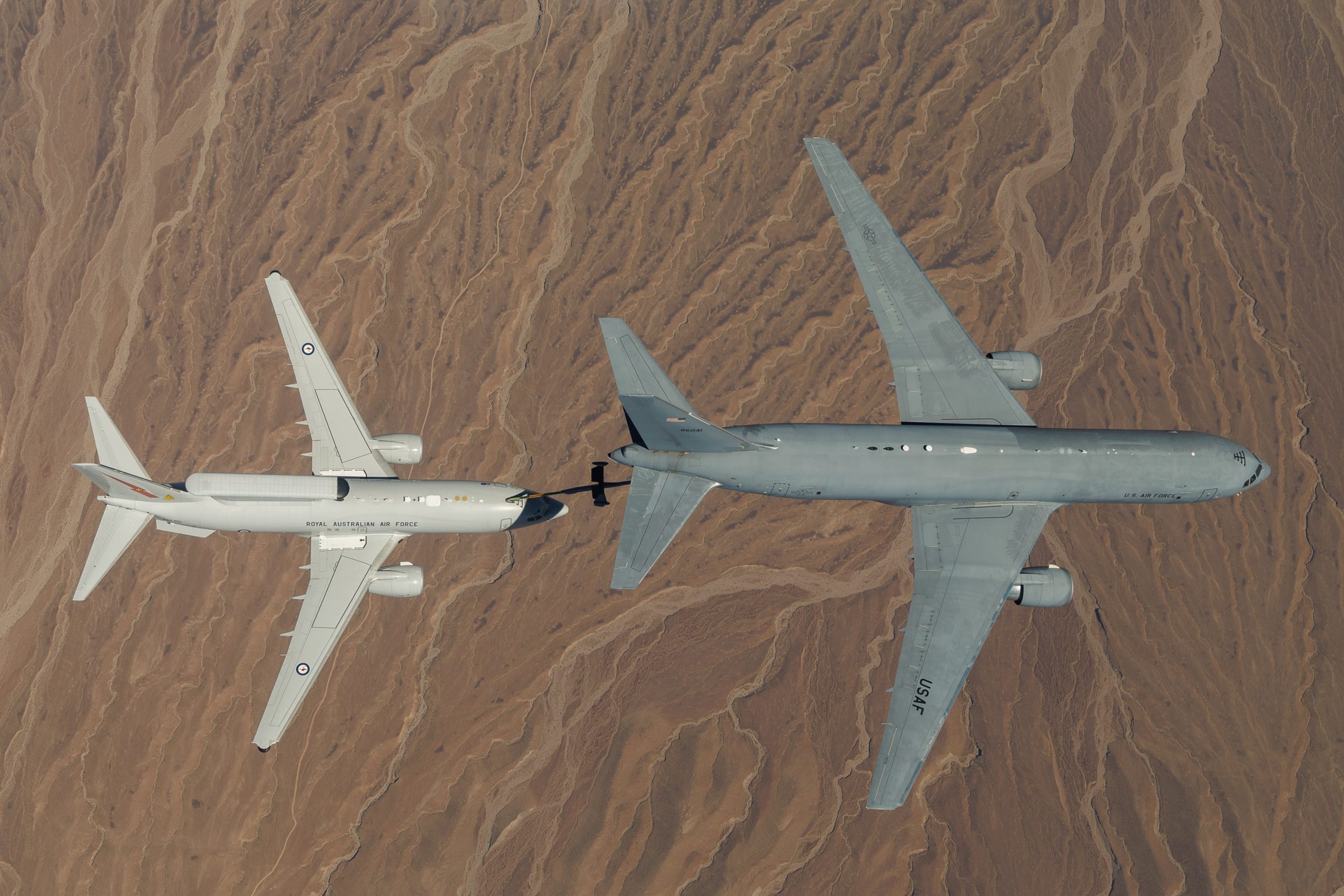The Air Force might want to buy more than the planned 100 B-21 bombers, particularly if the B-52J upgrade doesn’t pan out, Chief of Staff Gen. David W. Allvin told the Senate Armed Services Committee May 20.
If the B-52 modernization program “goes worse than we hope, then we would need more” money for B-21s, Allvin told Sen. Mike Rounds (R-S.D.). When the senator asked if the Air Force’s plan for B-21s was “anywhere close” to what the service actually needed, Allvin replied that he would “take all I can get with the funding,” though he did not specify how many aircraft he wanted.
The B-52J upgrade consists of the Commercial Engine Replacement program (CERP) and Radar Modernization Program (RMP), both now underway, which seek to replace the engines and pylons of the entire 76-airplane B-52H fleet, along with its radar, some communications upgrades and other improvements—all to be delivered starting at the end of this decade. However, the upgrade faces headwinds.
The radar upgrade has resulted in a Nunn-McCurdy Act breach for exceeding projected costs, requiring the Air Force to assess and possibly reconfigure the program. The breach is considered “significant,” meaning there’s a 15 percent or more deviation from the base cost or schedule.
Allvin said the B-21 is an “incredible capability” that has gone “pretty well” so far in flight testing.
“The 100 minimum is certainly something we can stand behind,” he said. “When we look at what the maximum is, I really want to look at the risk over time, and opportunities over time.”
Allvin’s comments are an evolution from what he told the SASC last year. Previously, he said he was not inclined to go beyond 100 B-21s, saying that by the time all those aircraft are delivered, technology might have advanced to the point where the Air Force may want to shift to a different platform.
Recently, the commanders of U.S. Strategic Command and Air Force Global Strike Command have championed 145 B-21s as a new target.
In March, STRATCOM chief Air Force Gen. Anthony Cotton said 100 is an absolute minimum to buy, and that he’d be more comfortable with an accelerated rate of production. The current rate—classified, but believed to be only seven or eight per year—was “set when the geopolitical environment was a little bit different than what we face today,” with a rapidly growing Chinese strategic forces and Russia’s war in Ukraine and accompanying nuclear threats.
After questioning Allvin, Rounds, whose state will house some of the B-21 fleet, asked AFGSC boss Gen. Thomas A. Bussiere during a SASC subcommittee hearing on strategic forces if more B-21s are needed to cope with a world in which three nations have substantial strategic nuclear forces
Bussiere replied that the fleet “could be as high as 145,” and he noted Cotton’s remarks to that effect this spring. Bussiere noted the 100 number was set around 2018 in a different strategic environment before the Pentagon had assessed that China’s nuclear forces are rapidly growing and Russia’s full-scale invasion of Ukraine.
“I support assessing the increase of the production from 100 to 145,” Bussiere said. “But I think the real question for the Department [of Defense] and for the nation is, what’s the right mix of long-range strike platforms versus other strike platforms? It’s a reasonable question the nation has asked several times in the last year or two,” He said there are “ongoing efforts” in Congress and the DOD to “assess what the correct number of long-range strike platforms are in the Department of the Air Force.”
Bussiere said he is “pleased with the progress so far of the B-21 Raider platform,” and that the first test aircraft, known as T-1, is going through its paces at Edwards Air Force Base, Calif. He noted aircraft are currently on the production line, though the number is classified.
Rounds said the B-21, to his knowledge, “is working, it’s on time, it’s on budget,” and that there is a lot of interest “to see B-21 come on at a higher rate than what’s currently planned for.” The first B-21 base where the bomber will be operationally deployed is Ellsworth Air Force Base, which is in Rounds’ home state of South Dakota.
Northrop Grumman chief executive officer Kathy Warden, on the company’s April 22 quarterly results call, said that Northrop took a $477 million charge on the B-21 to cover higher-than-expected materials costs, and changes to the manufacturing process that will allow for accelerating production, if the Air Force opts to do that.
The process change “positions us to ramp to the quantities needed in full-rate production,” Warden said, and will allow Northrop to “ramp beyond the quantities in the program of record.”
The House and Senate budget reconciliation package, agreed to last month but not yet signed into law, would provide $4.5 billion to accelerate the production of the B-21. However, no details were provided on the rate Congress wants or whether the number purchased would exceed 100 airplanes.
